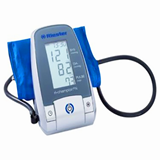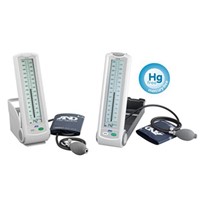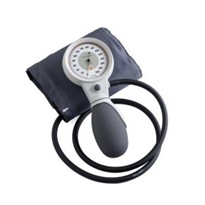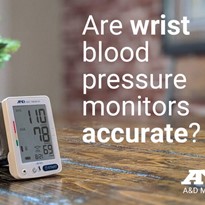Its diagnosis and control require accurate blood pressure measurement, which depends upon both the instrument and the technique used. In the attached report 584 sphygmomanometers were fully tested with varying results.
Aim: To establish the type and accuracy of sphygmomanometers in current use. Design and setting: Cross-sectional, observational study in 38 Oxfordshire primary care practices.
Method: Sphygmomanometers were evaluated between 50 and 250 mmHg, using Omron PA350 or Scandmed 950831-2 pressure meters. Sphygmomanometers were inflated to 280 mmHg, then the pressure released to 250, 200, 150, 100, and 50 mmHg in turn, and at each level the true pressure was read on the pressure tester’s digital display.
Results: Six hundred and four sphygmomanometers were identified: 323 digital (53%), 192 aneroid (32%), 79 mercury (13%), and 10 hybrid (2%) devices. Mercury (71/75, 95%) and digital (272/308, 88%) devices were more likely to be within 3 mmHg of the reference standard than aneroid models (150/191, 78%).
Conclusion: Digital sphygmomanometers have largely replaced mercury models in primary care and have equivalent accuracy




















